Rise Of The Ronin Review - Long-Term Investment

Though it has a somewhat steep combat learning curve and some dated open-world ideas, Rise of the Ronin does a great job of rewarding your time in its world
If someone tells me a game takes several hours to "get good," my immediate feeling is that I will never play that game. Who has hours to waste waiting for the good part of anything when there are so many other games to play? But my opinion of Rise of the Ronin changed drastically over the course of my 50 hours of playtime--in the first five or 10 hours, I didn't really like it. By the end, I was planning to dive back in to clear out side quests and replay key moments to see how the story might change. It's a game that takes its time getting good, but once it finds its footing in samurai-sword duels and character-focused missions, your investment pays off.
The thing that turned the tide for me is the way Rise of the Ronin focuses on telling small, character-driven stories that weave together into a large, history-shaping narrative. The entire game is built on its "Bond" system, where doing side quests big and small builds your relationships with everyone, from the different provinces of Ronin's massive open-world Japan, to the many characters you meet throughout the course of the game.
Though the Bond system isn't particularly different from building up faction reputation, liberating map segments, or growing relationship stats with characters like you might see in other games, the focus on investing in all those things and people is illustrative of Team Ninja's approach to the entire game. Your personal connection to everything in Rise of the Ronin is what makes it work, and the reason it's worth it to power through its learning curve and less remarkable opening hours.
Rise of the Ronin puts you into the role of a samurai trained alongside another warrior from childhood to be an unstoppable, sword-wielding fighting duo for a group called the Veiled Edge. It's the 1860s and Japan is opening itself to foreign powers, including the United States and England, creating political strife. On a mission to assassinate a powerful American, your "blade twin" sacrifices themselves so you can escape. Soon after, the rest of the Veiled Edge is wiped out for rebelling against Japan's government, the shogunate. You set out alone, a ronin warrior without a clan, but soon discover your blade twin is rumored to have survived. What ensues is a lot of politics, intrigue, and adventure.
With no clan to serve, you essentially become a sword for hire and lots of people want your help, which you exchange for leads in finding your blade twin. The main part of Rise of the Ronin's gameplay is stealthily sneaking up on enemies to assassinate them, and fighting duels. Combat has a similar fast-paced feel to games like Sekiro: Shadows Die Twice and Ghost of Tsushima, with an emphasis on parrying enemies at the right moment and using different fighting styles to counter your opponents. Fights are frenetic, but for that early portion, they're also frustrating thanks to a combination of weird controls and enemies who will often deploy intense, overwhelming force against you.

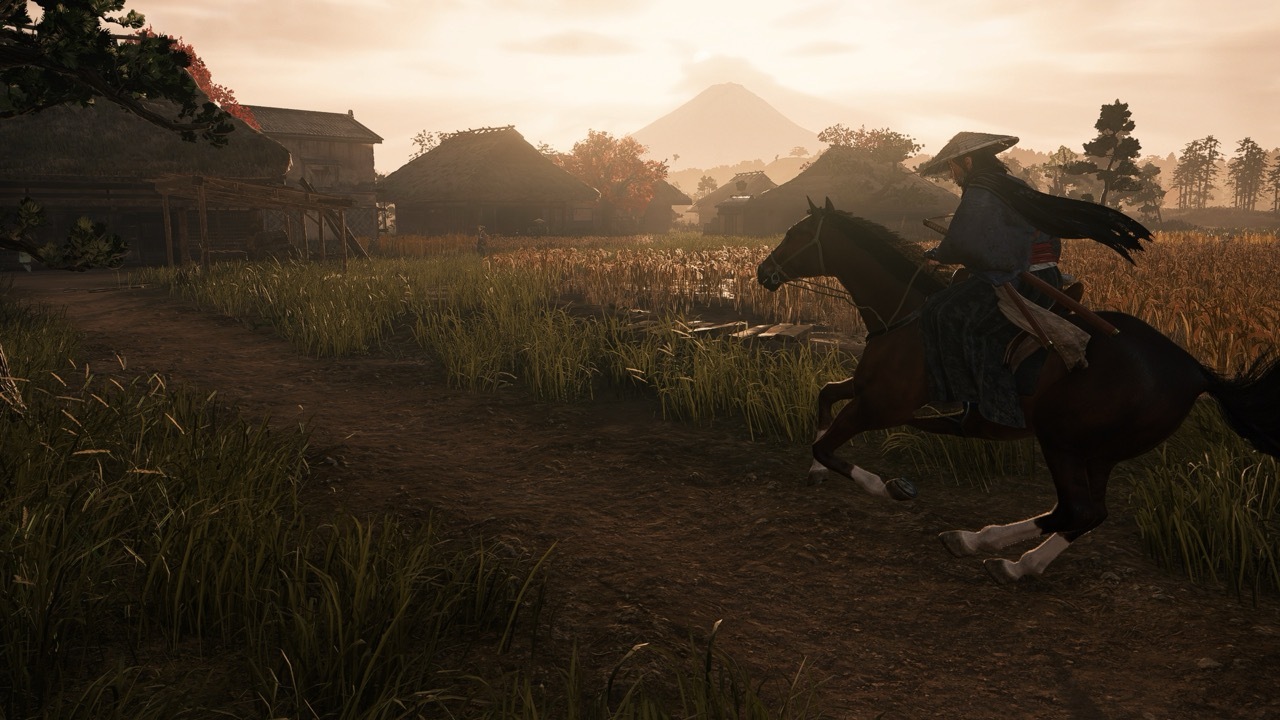
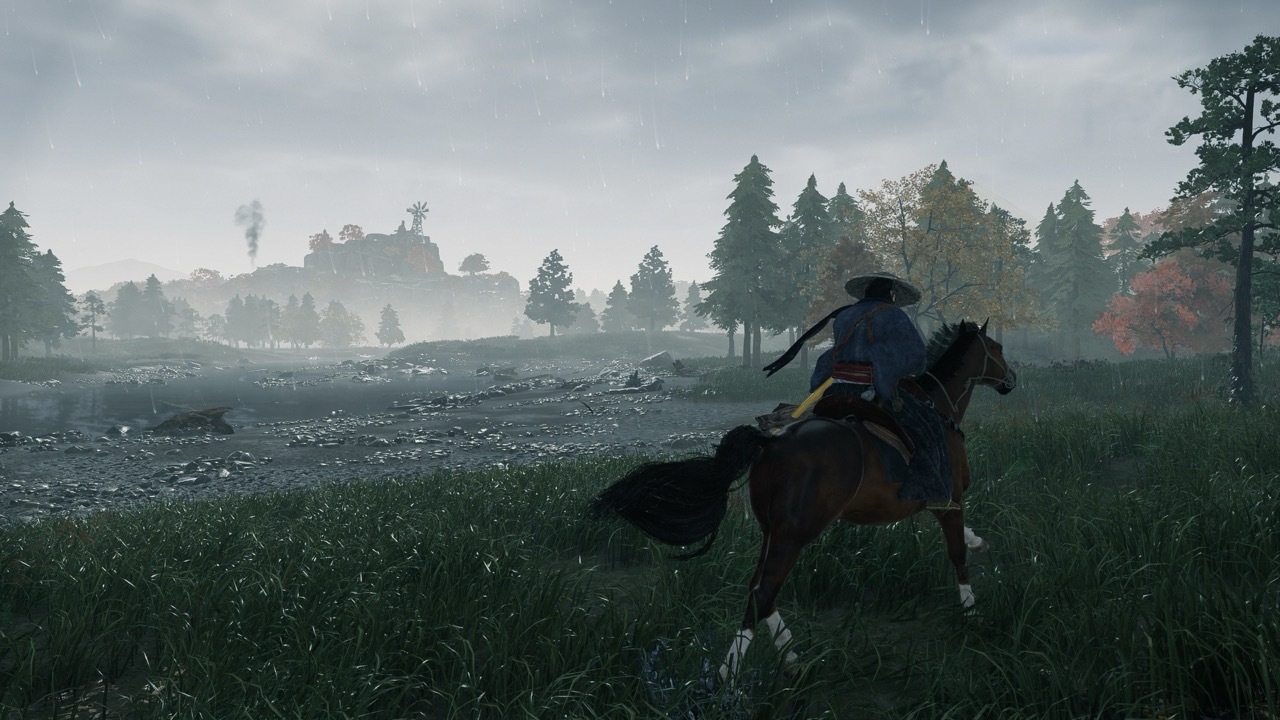
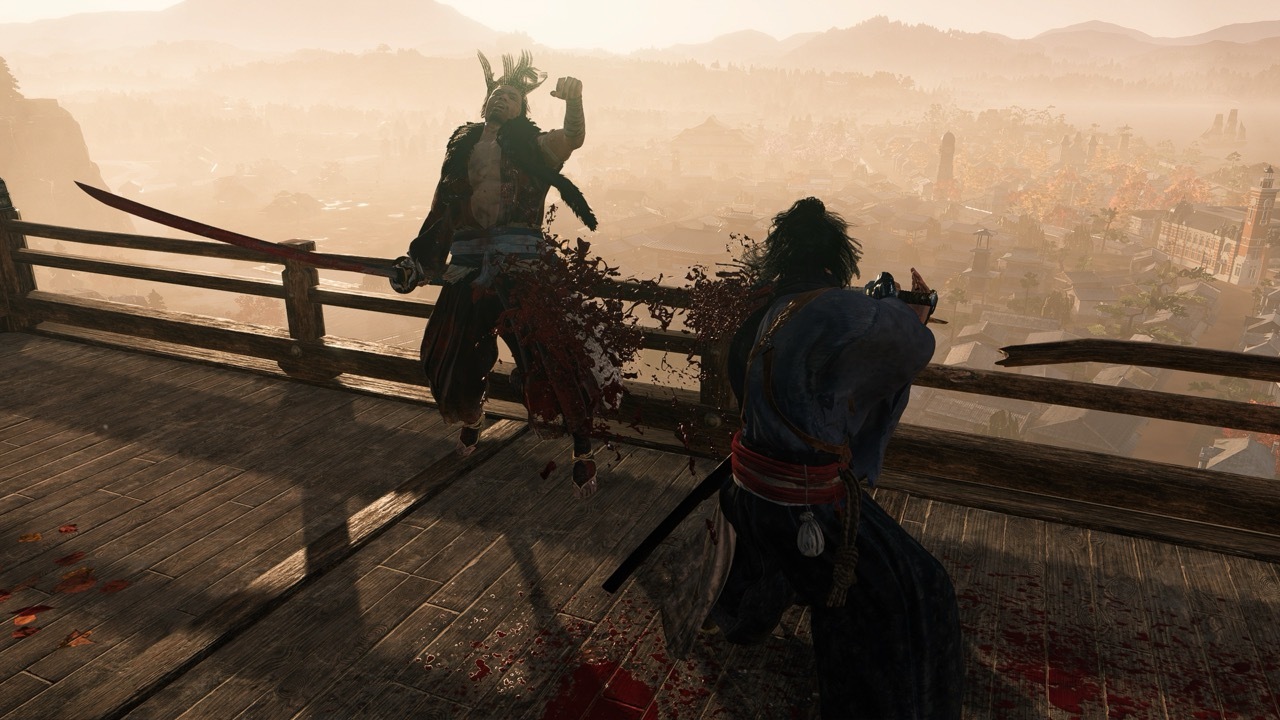
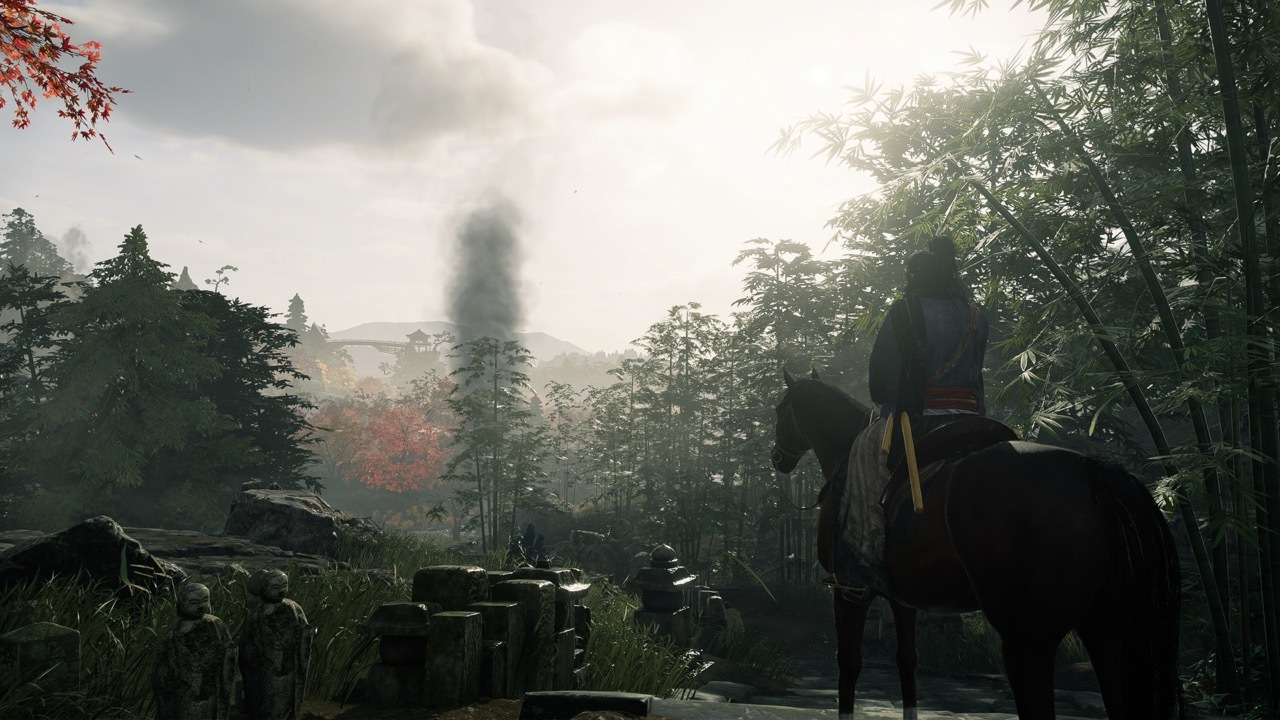
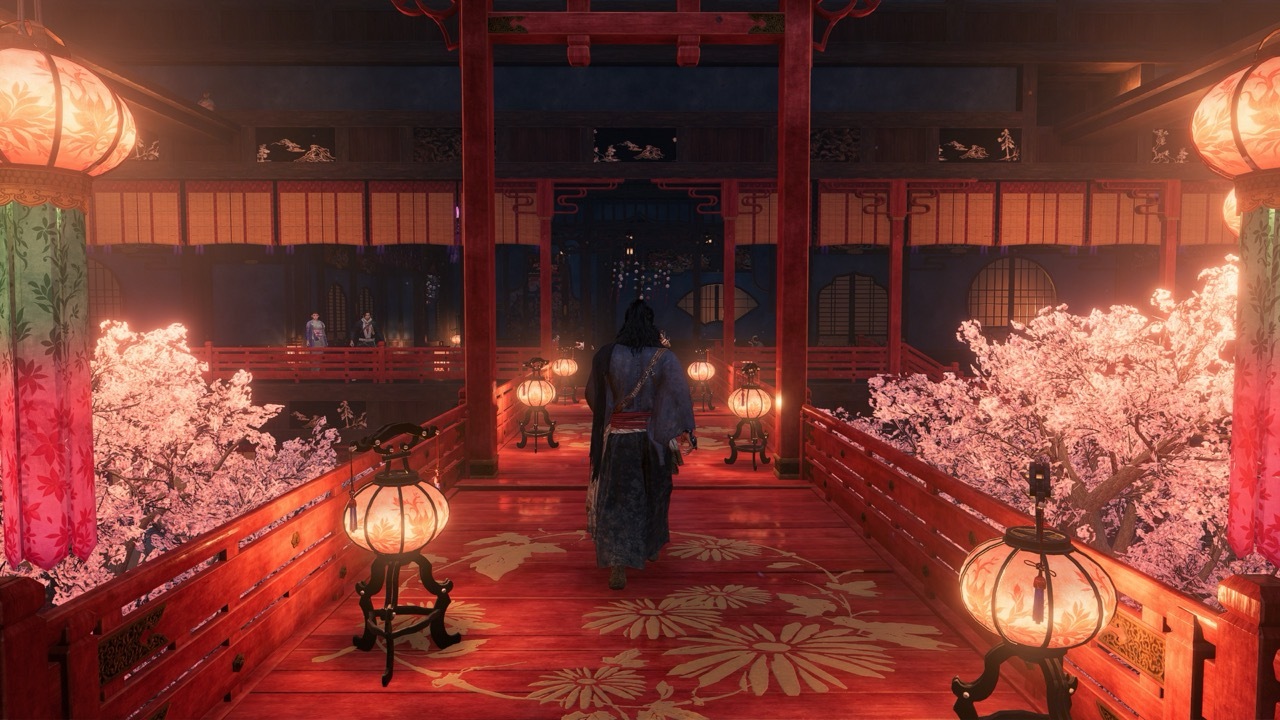
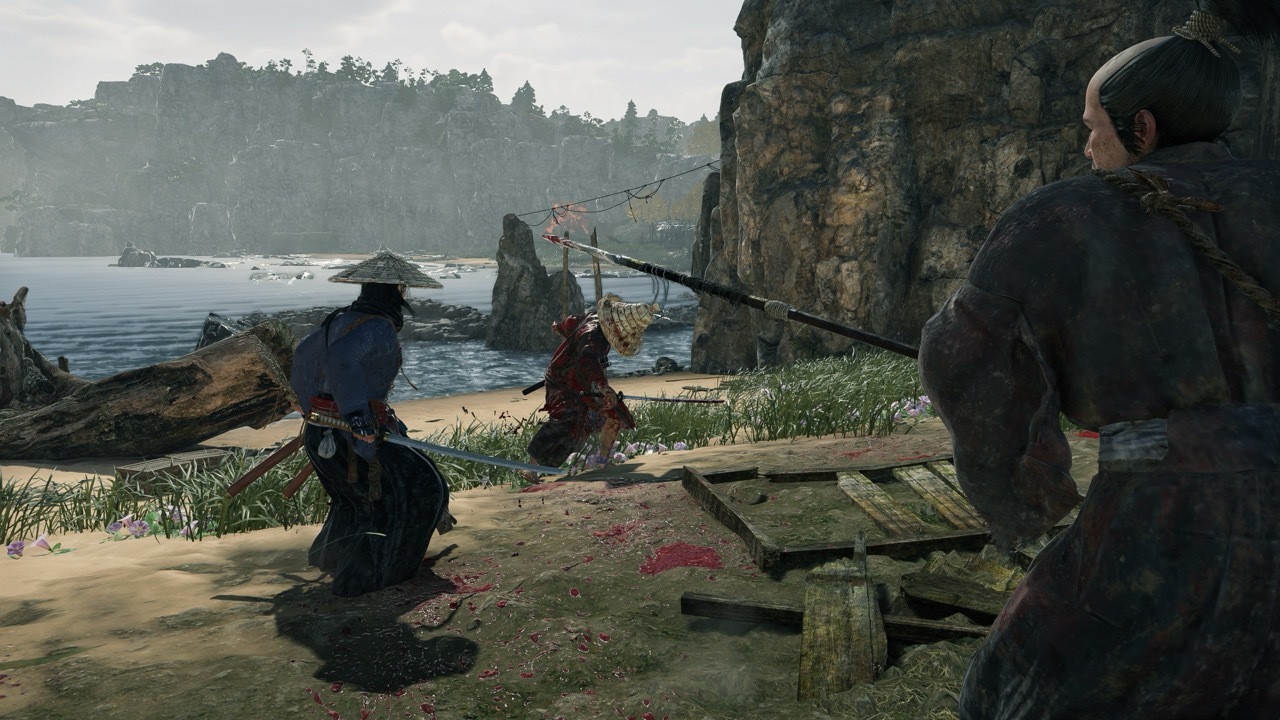
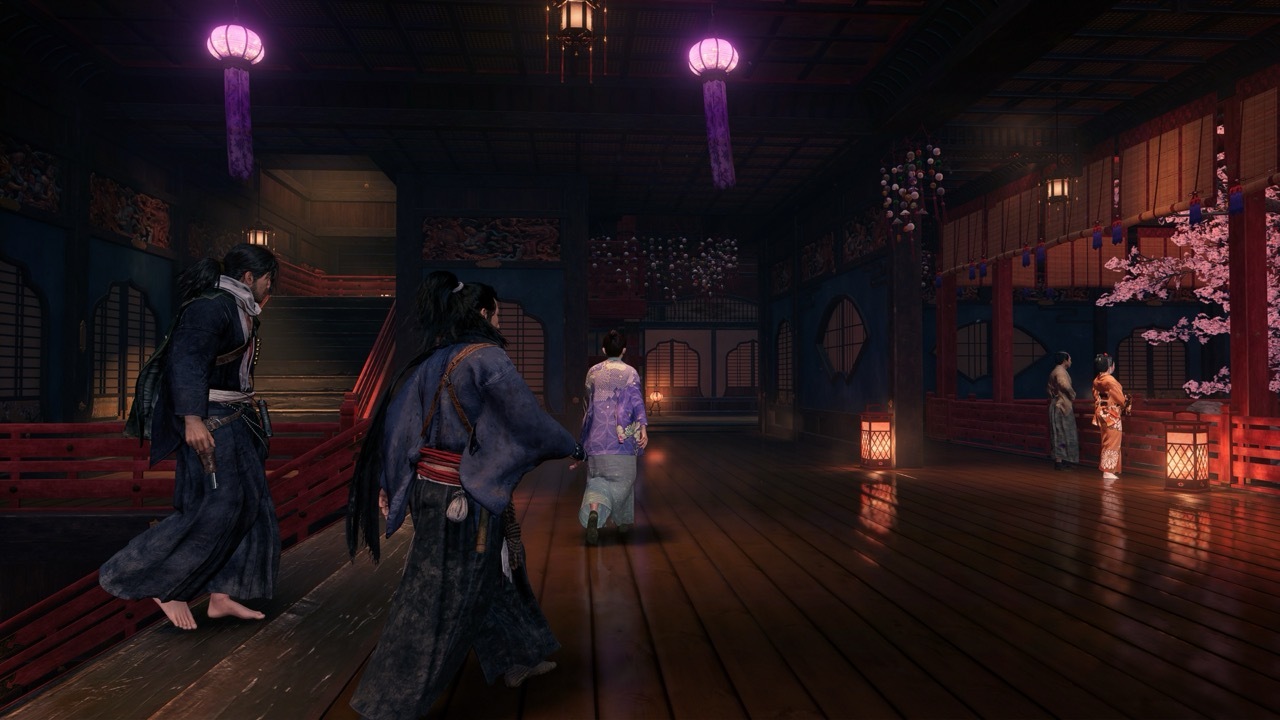
You and every fighter you come across have both a health bar and a Ki gauge, which is akin to a stamina meter. Ki powers every blow, dodge, and block, and if you run out of Ki and are struck while blocking, you'll be dazed for a few seconds, opening you up to more punishment. Your goal in every fight--especially with tougher opponents--is to strike blows while parrying their attacks, breaking their rhythm and whittling down their Ki to stagger them. When staggered, most normal enemies can be executed, while tougher foes and bosses take a big hit, then get their Ki back to go another round. It sounds pretty standard, especially with the ubiquity of Souls-likes and similar styles of swordplay focused on parrying, stamina, and breaking an enemy's posture. Rise of the Ronin has its own take on the approach, though, and it took me a while to build up the skill to actually enjoy it.
The main two elements of sword fights are Martial attacks, which are powerful special moves, and Countersparks, which are flowery parry moves. Like Sekiro and its posture system, your main goal in Rise of the Ronin is to parry enemy blows until you can stagger them. But Countersparks are kind of weird, especially at first. They're not just straight parries; they're fast, short-range attacks with their own forward momentum. Missing the timing on a parry usually means you still hit the opponent and the opponent hits you, but there are plenty of times when a Counterspark can move you past the enemy altogether. It creates a strange flow to your fight movements that takes a lot of getting used to.
Rise of the Ronin borrows a bit from Souls-like combat in that enemies will sometimes power through your strikes with their own attack animations, so you need to recognize when to attack and when to hold back. Yet Ronin wants fights to be fast and aggressive, so if you Counterspark certain attacks, you'll knock the enemy off-balance and open up a brief counter-strike opportunity. This also creates an unusual rhythm--you can Counterspark most of a combo chain from an enemy to no benefit, because the only attack that truly matters for parrying is the last or strongest in the chain. That means your strategy should actually be to safely block your way through a series of attacks, and Counterspark only the final move.
That requirement makes Countersparks unintuitive because the urge to parry has to be strategically resisted. Sometimes you can skillfully parry a bunch of moves in a row and wind up being punished for it anyway; other times, you may be rewarded just for hammering the button against a tough opponent. Mostly, though, you're spending the first few battles against any tough enemy trying to figure out when the correct time to parry is and getting demolished by quick, relentless strikes in the meantime. It's not a bad parry system--I came to enjoy Rise of the Ronin's approach quite a bit once I understood how it worked and could start to read its enemies and their attacks--but the extra motion and timing are at odds with similar games, so you'll have to unlearn a few things to acclimate yourself.
Enemy Martial attacks are marked by a red glow that indicates you can't just block them like you can with normal strikes. That means you have to avoid them with a well-timed dodge, or knock them down with a perfectly timed Counterspark for big Ki damage. You have Martial attacks of your own that are great as counterattacks when you successfully knock an enemy off-balance, but they're not unblockable like enemy ones are and cost extra Ki to execute.
Martial attacks are cool additions to your repertoire, but in enemy hands, they add to the learning curve and pile on some frustration in the early game, as fighting in Rise of the Ronin is usually very fast. You'll often get hit with a series of attacks you have to block your way through, taking a ton of damage to your Ki, only to get blasted by a devastating Martial attack that cuts your defenses and hurts you even more. Then you get staggered, leaving you open to further walloping, or knocked off your feet and subject to a standing-up animation that lasts just long enough for the enemy to lay into you again with no defenses. One screw-up can lead to a beatdown that's tough to recover from.
Especially early on, this combat pacing is annoyingly brutal--one particular early boss fight had a massive difficulty spike that held me up for a couple hours. For a game that easily lasts more than 50 hours and has a similar fight at the end of every single mission, being stuck on the same boss for that long was grueling. Fortunately, Rise of the Ronin lets you change the difficulty whenever you want, so you can drop to its easier mode if a fight is giving you trouble, then increase the challenge once you're over the hump.
It was only later that I started to appreciate the combat system's combination of elements. That includes the timing of Countersparks, as well as things like the ability to change your fighting style on the fly once you've learned new ones. When you approach an enemy, an icon will appear next to their name that indicates both how tough a fight they'll be and whether their fighting style is strong or weak to your own. You can have two main weapons equipped at any time--which include katanas, odachis, European-style sabers and greatswords, and spears--and three styles for each one, which can be quickly swapped to deal with just about any opponent. Picking the right style to deal with an enemy greatly enhances the effectiveness of your Counterspark, so once I got the hang of parrying and using the right styles and weapons for certain enemies, battles started to click, becoming intense, hard-fought duels that also made me feel like a legendary swordsman.
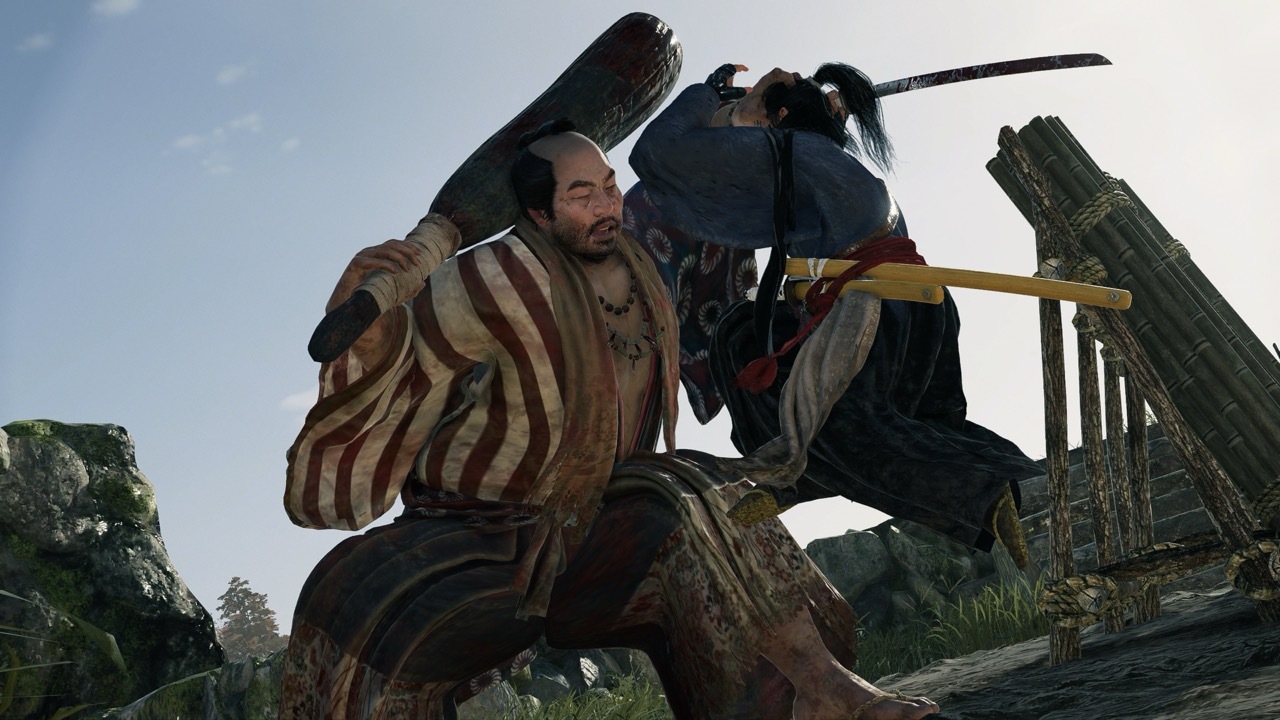
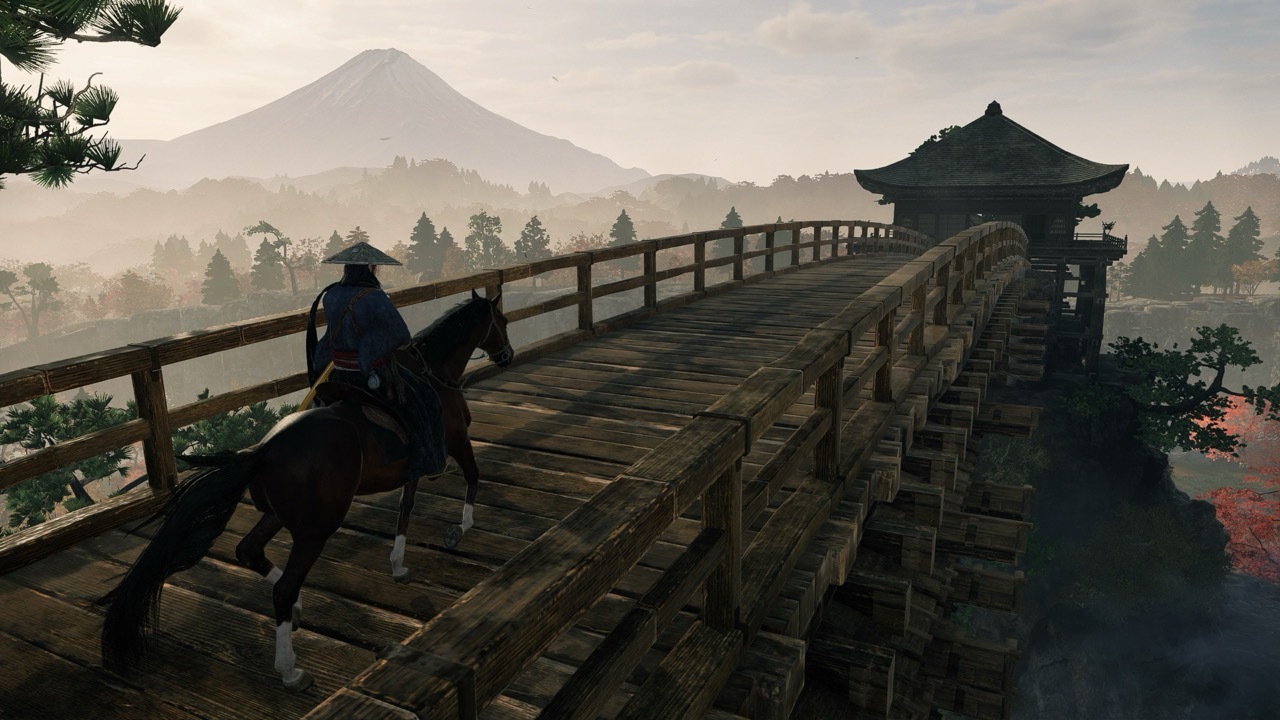
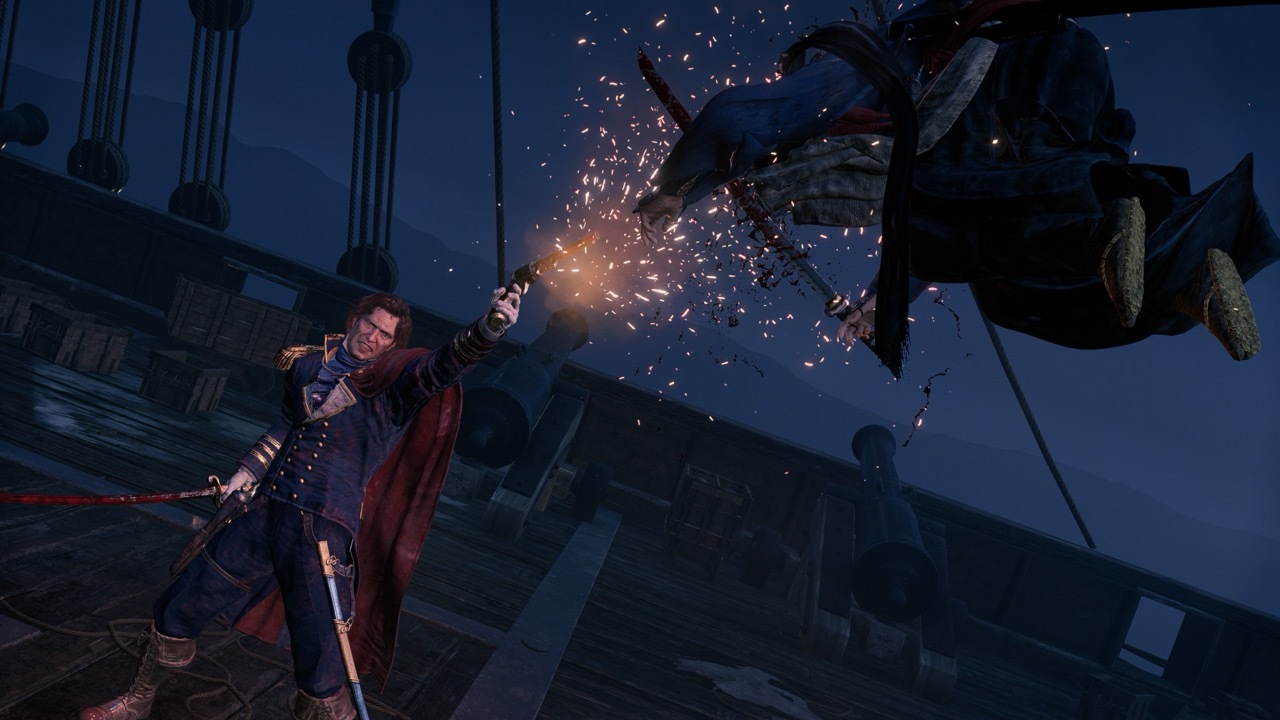
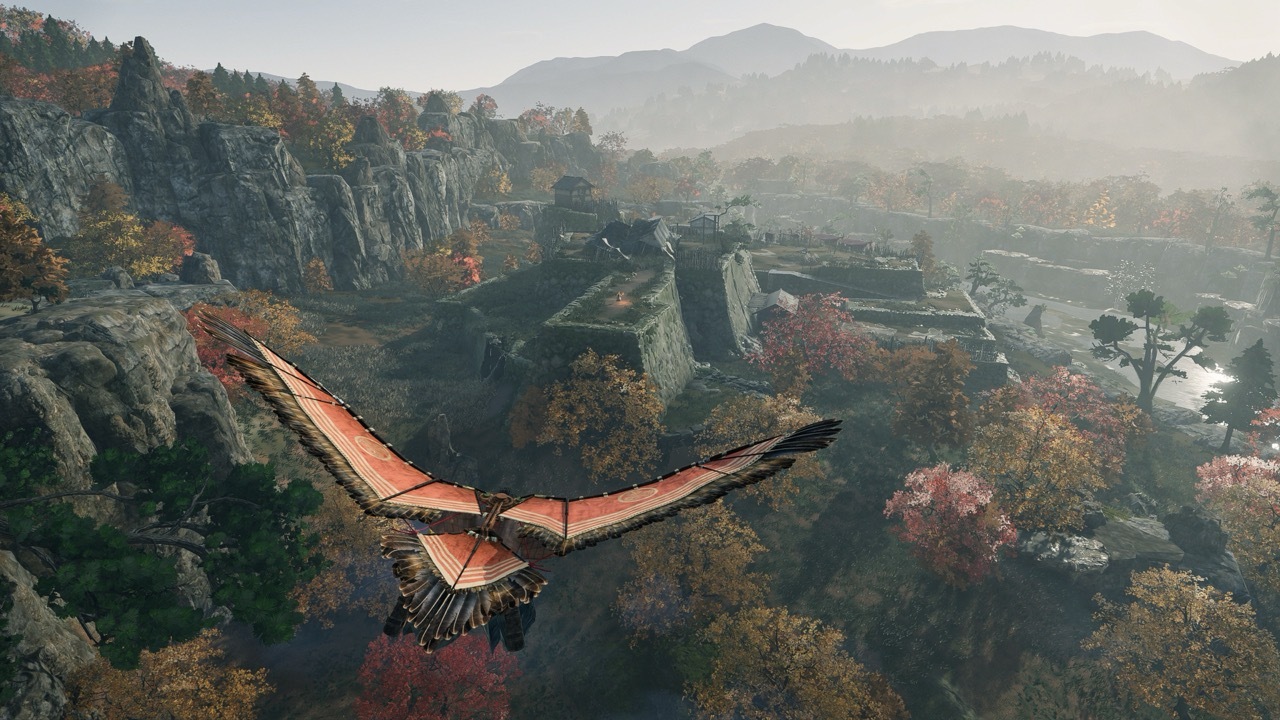
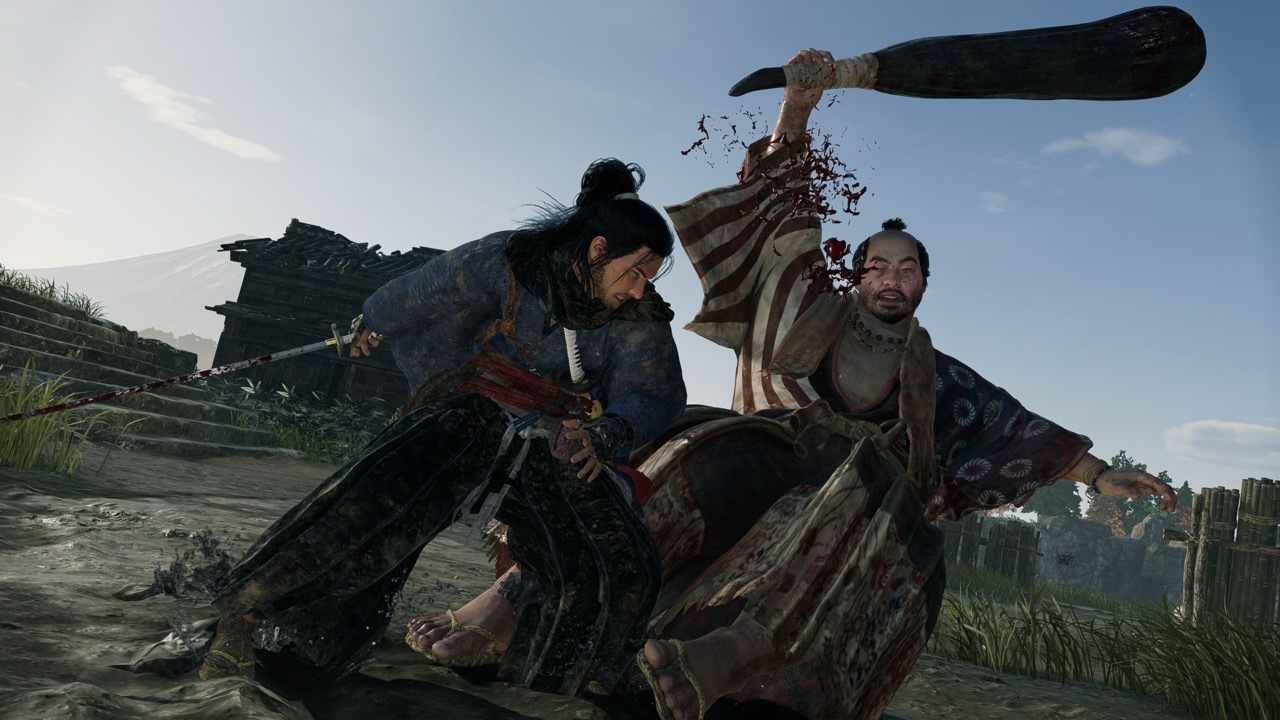
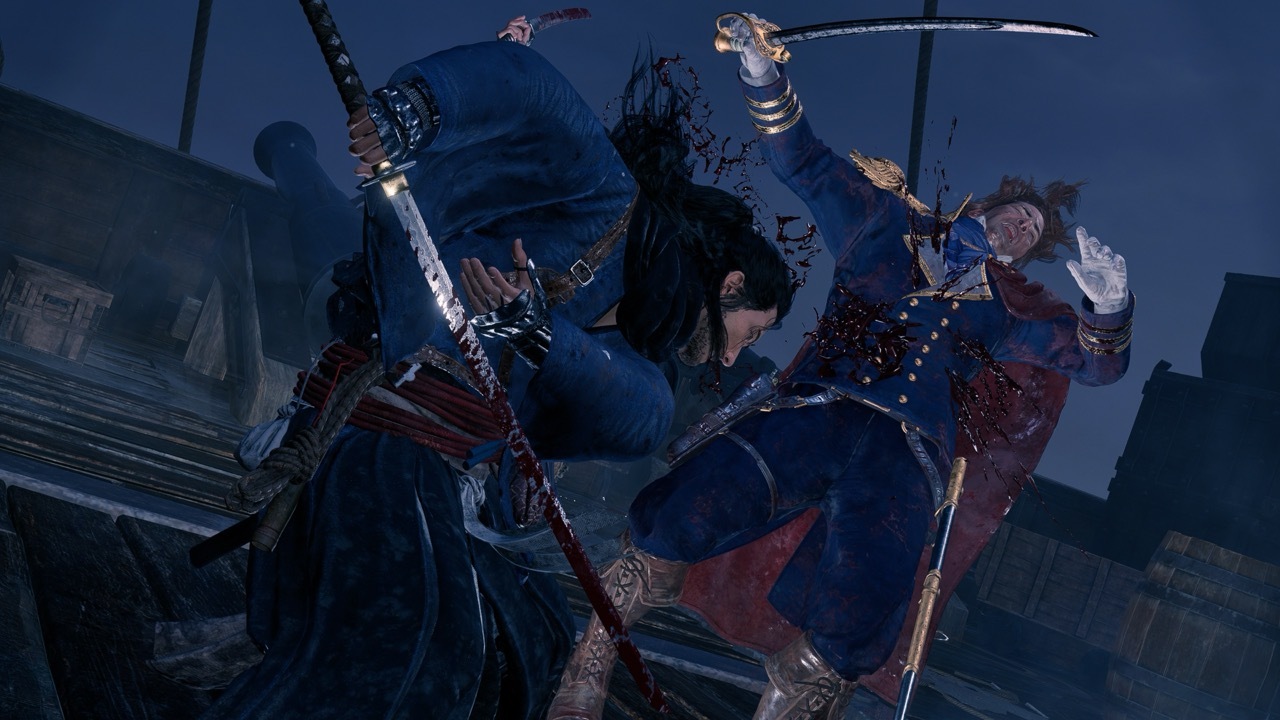


Against the toughest of enemies, it also pays to make use of your allies. You'll meander through the open world alone, but just about every major story mission or side quest is an instanced level where you have one or two computer-controlled allies backing you up, playing into the Twin Blade concept. You can play cooperatively with other humans in the place of AI buddies, but when you play alone, you're able to swap between characters on the fly. The AI characters all have their own styles and moves that you can learn and take advantage of, but the best part is the way they enable you to overwhelm an enemy, quickly swapping around to get behind their guard and take advantage of their divided attention. It's another aspect that takes a while to get good at using, but which sets apart Rise of the Ronin's combat and makes it intense and chaotic in a good way--most of the time.
What makes fighting a bit wonky is Rise of the Ronin's control scheme, which is convoluted and unintuitive. Blocking attacks is done by holding the left bumper, but parrying is done with the triangle button. The separation of your defensive moves requires specific training for your brain: Hold this button for this kind of attack, tap this other button for another kind, but mix the two together as well. It's enough to jumble you up until you've spent time getting used to this specific approach.
The same is true of the swapping controls, which require various bumper holds combined with control stick movements or d-pad presses. Changing between loadout items, like healing pills and status-removing salves, is done while holding the left bumper, and so is swapping between characters. Holding the right bumper, on the other hand, lets you change your main weapons, your sub-weapons (like pistols, bows, and rifles), and your fighting styles. Again, it's just a lot of really specific, esoteric controls to hold in your mind at once, and tough to mentally page through while a guy with a sword is slicing away at your face. Eventually all these controls became natural for me--but it took a while to get there.
The blade twin story isn't a particularly compelling one, and while it's the framing device that's supposed to drive your character, it doesn't get a lot of screen time. But Rise of the Ronin picks up quite a bit as your investigation pushes you to start making friends with various people, who either support the stability of the shogunate or think the country needs a new government. As time goes on, those different people develop into separate factions that will require your help, and which you can choose to aid.
However, it all leads to an open-world setup that's somewhat unremarkable. A lot of the open-world content in Rise of the Ronin feels set to the standard of 2010s-era games, with some repetitive activities that will pop up randomly in front of you, some collectibles to chase down, and some side quests to complete that tend to end up with you killing some random baddies.
The more minor activities you do and collectibles you find in each of the small provinces in an area, the higher your bond with that location, which unlocks various minor bonuses. Later, completing these same activities will increase or decrease a faction's hold on that location, which can have a bearing on story missions as you take them on--although that exact effect is somewhat opaque, especially because you change allegiances multiple times through the course of the story. Generally, though, the open-world activities of Rise of the Ronin are somewhat uninspired. It's not particularly engaging to clear out yet another group of five bandits, two of which are mini-boss-like "formidable opponents," to lower a faction's hold on a province, but Rise of the Ronin will give you a ton of these activities to knock down, alongside small side missions and random activities like muggings. It's a lot of stuff that seems like filler content in a game that's already brimming with things to do.
Story missions and side quests are more interesting and involved, although they also get repetitive. Most of these put you into a level where you infiltrate a location, sneak around assassinating rank-and-file soldiers, get seen and fight some guys, and then defeat a boss. These missions suffer in part because Rise of the Ronin's stealth is a bit undercooked. It can be unreliable, with enemies sometimes spotting you from far off with little issue, and other times being totally oblivious as you fight pitched, protracted battles with their friends 10 feet behind them.
Missions always end with excellent, challenging boss fights, though, and once you get good at Rise of the Ronin's dueling system, every fight becomes a combat puzzle mixing twitch-reactions and strategic responses that continually make them exciting. Stealth breaks up the fighting just enough to help mission pacing, while rewarding you for analyzing the environment and planning your approach, even if it'll sometimes annoy you by failing at key moments. Stealth is more a nice-to-have addition than essential to the formula.
The best of Rise of the Ronin's levels are its Bond missions. You'll meet a ton of samurai and join many of them in missions as allies, creating ongoing relationships. You can then enhance your friendship with those folks by completing side missions that flesh out their stories and engaging in conversations or giving them gifts. Building stronger Bonds unlocks new fighting styles as well as passive bonuses when you bring them on missions, but the most interesting part is the way each character's individual stories expand across missions and add to the overall narrative. The characters are all well-drawn, dealing with their own principles and motivations, and their stories are worth experiencing on their own.
Having personal ties to all these characters makes the overall story a lot deeper. Rise of the Ronin tells a fictionalized version of the historical end of the shogunate and the samurai lifestyle in the 1860s, with the characters and events you're engaged with eventually pushing Japan toward civil war, and your own principles and relationships causing you to switch sides numerous times. That means a character you brought as an ally on one mission might be a boss you have to face down in another, and your connection to all Rise of the Ronin's characters does a lot to raise the stakes and make the entire narrative feel personally important.
So while Rise of the Ronin has some elements that can frustrate or require some investment to make sense of, and weaker elements like some open-world design that comes off as dated or some repetition in level design, it does a great job of getting you invested in what's going on and the people involved. Bond missions in particular are a standout, but a mix of personal stakes and large-scale politics make the historical story compelling all the way through. The longer you play Rise of the Ronin, the more characters you meet and spend time with, and the more you learn about its combat and its world, the better it becomes.
It's not without some flaws, but I finished Rise of the Ronin with much more left to do, and even after 50 hours, I want to head back in to see what I'd missed and attempt to change history. The parts of the game that work more than balance out its weaker elements. And while it took a while to find the rhythm of Rise of the Ronin's combat, its speed, complexity, and intensity make for some phenomenal fights that always feel great to win. Rise of the Ronin is a game that might take a bit to get good, but the commitment is worth it.
This story originally appeared on: GameSpot - Author:UK GAG













